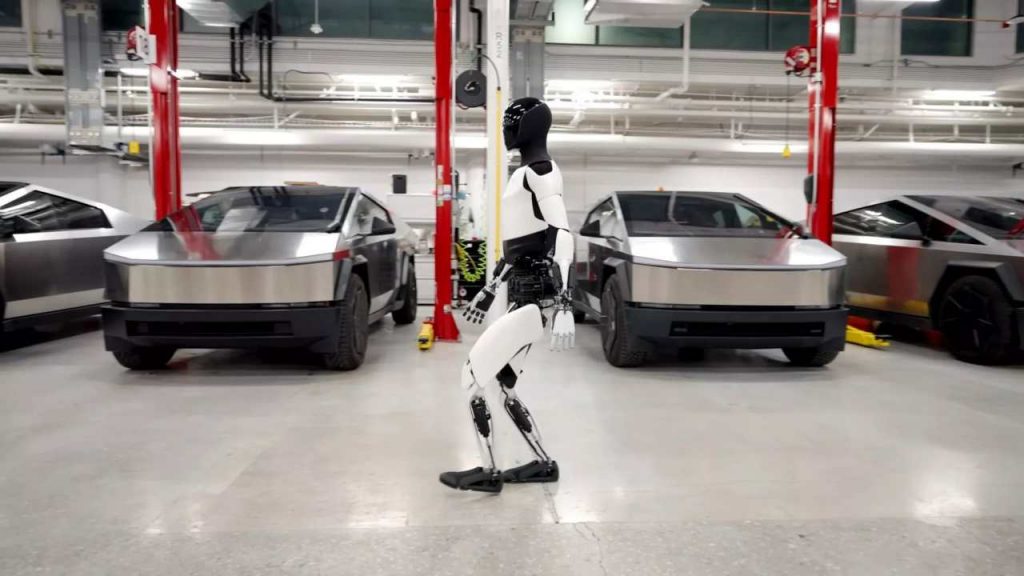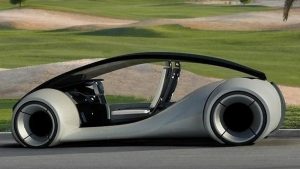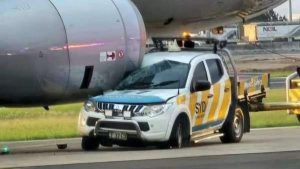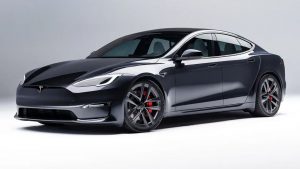Rising Labor Costs Drive Automotive Industry Towards Increased Automation

Optimus Tesla 2 (carscoop.com)
Automakers Consider Greater Reliance on Machines Amidst Labor Cost Pressures
Henry Ford’s introduction of the production line process revolutionized car manufacturing, relying heavily on human labor. Decades later, technology has allowed a shared workload between humans and machines in the automotive industry. However, recent developments indicate a potential shift towards greater automation, driven by advancing technology and rising labor costs.
The Wall Street Journal reports that the automotive industry is set to accelerate the adoption of automated technology due to unexpectedly high labor costs resulting from recent contract renegotiations, particularly with the United Auto Workers (UAW). The cost of these contract negotiations is expected to add $900 to the production cost of a new Ford over the contract lifespan, and around $500 to a new Chevy.
The global automotive industry witnessed the installation of 136,000 new industrial robotic units in 2022, with data from the International Federation of Robotics indicating that only the electronics industry surpassed this figure. Rising labor costs could lead automakers to prioritize automation, potentially not replacing human operators when they retire or leave, without necessarily initiating layoffs.
The ongoing expansion of new battery and electric vehicle (EV) factories further motivates automakers to embrace automation. Installing robots is more straightforward in new facilities compared to retrofitting existing ones, where substantial changeover costs might be involved.
While automation presents cost-saving benefits, it comes with its own challenges. Robots require significant initial investment, ongoing programming, and maintenance by human operators. Additionally, there may be initial quality concerns associated with the integration of automated systems into production processes.
The automotive industry’s potential shift towards increased automation reflects a broader trend where technological advancements and cost considerations reshape traditional manufacturing practices.







